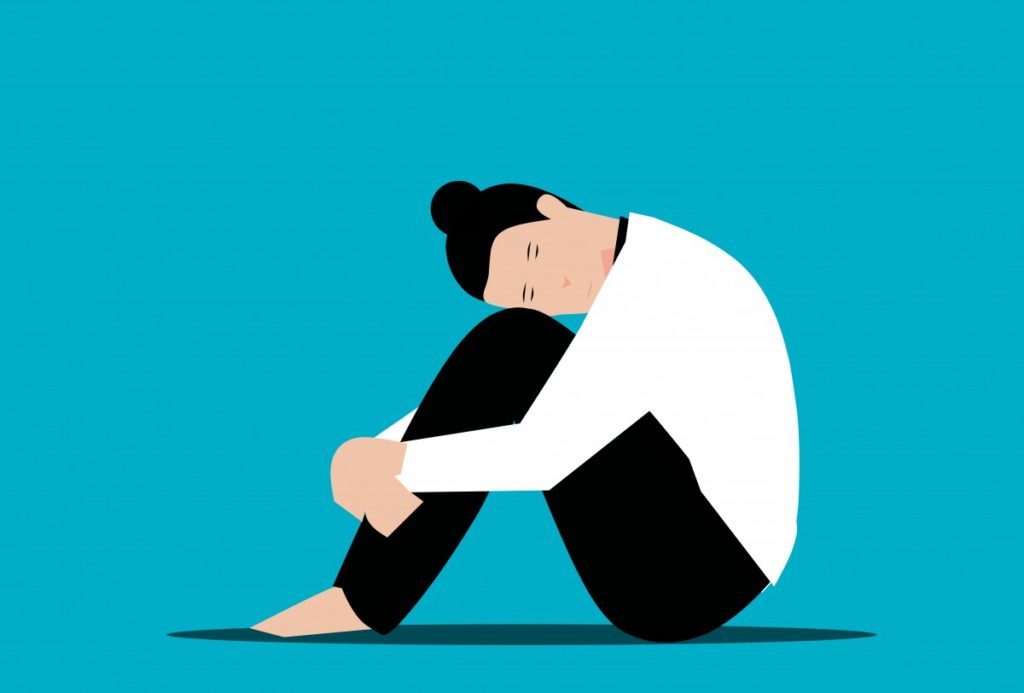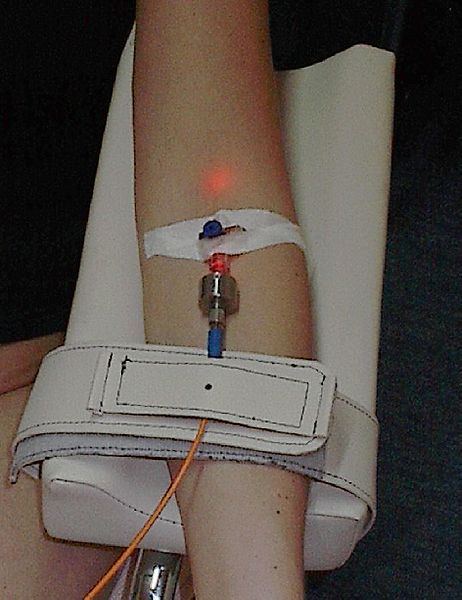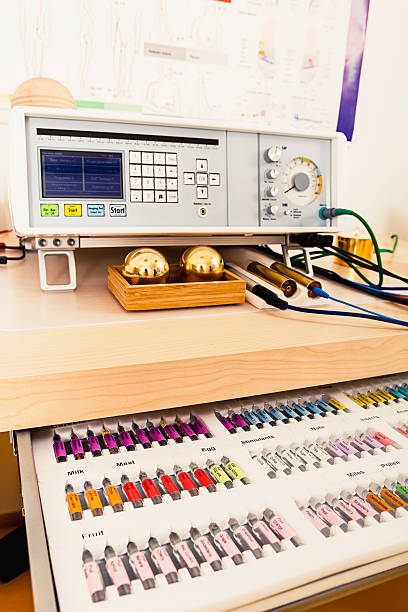Introduction:
To put it very simply, Cancer refers to a large number of diseases categorized by unregulated replication of cells. There are many studies, which suggest that dietary ingredients can reduce the risk of developing cancer. It is also true that certain life style habits can contribute to the increased incidence of cancer.
Instituting some dietary changes may be helpful:
Alcohol and cancer:
It has been seen that alcohol consumption significantly increases the risk of cancers of the mouth, throat and voice box particularly in conjunction with cigarette smoking. It is very apparent from most studies that former drinkers have significantly lower risks for these cancers compared with current drinkers. There is a strong correlation between alcohol consumption and the risk of having liver cancer. Little however is known about the effect of alcohol intake on the risk of female cancers other than breast cancer.
Fiber in the diet:
Whole grains such as rye, brown rice, and whole wheat contain high amounts of insoluble fiber—the type of fiber some scientists believe may help protect against a variety of cancers. People who eat relatively high amounts of whole grains were reported to have low risks of lymphomas and cancers of the pancreas, stomach, colon, rectum, breast, uterus, mouth, throat, liver, and thyroid.
The best way out is to consume diet that is high in insoluble fiber. This is achieved by switching from polished rice to brown rice, from bakery goods containing white flour to whole wheat bread, whole rye crackers and whole grain pancakes. This lifestyle modification is healthy and can prevent cancers.
A vegetarian diet protects against cancer:
Eating meat is associated with a risk of cancer. It is believed that vegetarians have a stronger immune system. It is also seen that female vegetarians have lower estrogen levels compared with meat-eating women, possibly explaining a lower incidence of uterine and breast cancers. If we study the comparative anatomy of carnivores versus herbivores, it is seen that herbivores have a long small and large intestine. Man is also created to be a herbivore. His small and large intestine is long, so that he can digest the complex carbohydrates found in a vegetarian diet. That is why meat-eating humans are more prone to intestinal and abdominal cancer. It is seen that carnivores have a very short large intestine, so that they can quickly eliminate the toxins in meat. In one report, high consumption of hot dogs was associated with an almost tenfold increase in the risk of childhood leukemia when compared with low consumption. In another report, maternal consumption of hot dogs and childhood consumption of hamburgers or hot dogs at least once per week were associated with a doubling of the risk of cancers in children. It is also true that children who took meat and vitamin supplements had lesser incidents of cancer. Processed meats, such as hot dogs, contain nitrates and nitrites—precursors to carcinogens. Antioxidants found in multivitamins keep nitrates and nitrites from converting into dangerous carcinogens.
However fish eaters have been reported to have low risks of cancers of the mouth, throat, stomach, colon, rectum, pancreas, lung, breast, and prostate. It is widely believed that the omega-3 fatty acids found in fish have a protective effect against cancer.
Fruits and vegetables:
Consumption of fruits and vegetables is widely accepted as lowering the risk of most common cancers. Many doctors recommend that people wishing to reduce their risk of cancer eat several pieces of fruit and several portions of vegetables every day. Most doctors also recommend that people should not consider supplements as substitutes for the real thing. Some of the anticancer substances found in produce have probably not yet been discovered, while others are not yet available in supplement form. Fruits and vegetables contain beta-carotene and flavonoids and these substances have anti-cancer properties. Protective flavonoids are found in herbs and plant foods. Quercetin is a flavonoid found in onions and apples and has been found to be protective against cancer.
Vegetables like tomato contain Lycopene, which is an antioxidant and it is considered to inhibit cancer proliferation.
There is enough evidence to support that the protective effect for tomato consumption was strongest for cancers of the prostate, lung, and stomach, but some evidence of a protective effect also appeared for cancers of the pancreas, colon, rectum, esophagus (throat), mouth, breast, and cervix.
Cruciferous vegetables such as cabbage, Brussels sprouts, broccoli and cauliflower have potent anti-cancer activity. These vegetables exert their protective effects because they contain indole-3 carbinol, glucaric acid and sulforaphane.
Too much coffee is not good:
It is believe that increased coffee consumption leads to a higher the risk of pancreatic cancer. Coffee drinking is also associated with an increased risk of bladder cancer.
Calories and Cancer:
Scientists have known for many years that severe restriction of calories dramatically reduces the risk of cancer in laboratory animals. In one report, adults with cancer were more likely to have consumed more calories during childhood compared with healthy adults. In other reports, attempts to find associations between reduced intake of calories and cancer have produced mixed results. Only severerestriction in caloric intake provides significant protection in animal studies. As most people are unlikely to severely restrict calories, the association between caloric restriction and protection from cancer may ultimately prove to only be of academic interest.
Dietary Fat and cancer:
Excess of saturated fat in the diet, as found in eggs and animal fat does point out to an increased incidence of cancer. It is seen that a higher dietary intake of fat does predispose to a risk of cancer. In humans it has been found that poly unsaturated fatty acid intake, which is found in nuts, seed and vegetable oils is not associated with cancer risk.
Refined sugar and refined salt and their risk for cancer:
There is an indication that taking refined sugar increases the risk of gall bladder cancer. Refined salt intake is shown to increase the rates of stomach cancer. Associations between foods preserved with salt and the risk of cancers of the head and neck have also been reported.
Conclusion:
The incidence of cancers is definitely on the increase. We can definitely change our dietary habits and lead a healthy lifestyle.









